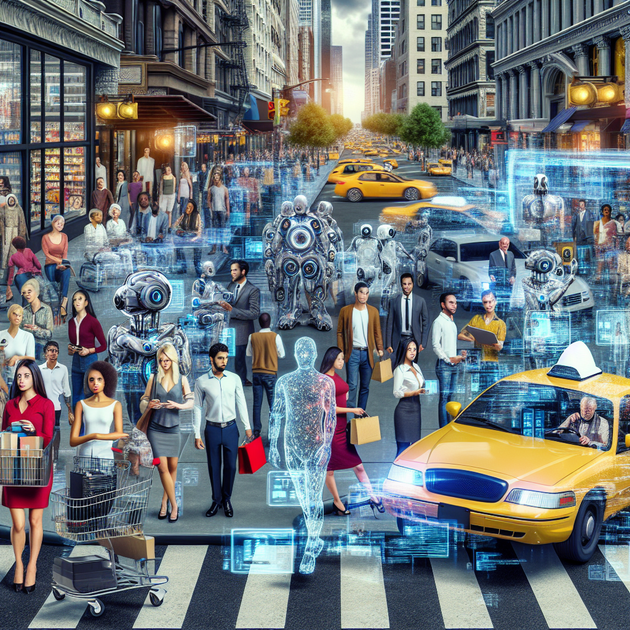Is it possible that artificial intelligence could disrupt the American workforce on a scale never seen before? According to Senator Bernie Sanders, up to 100 million jobs in the U.S. might be at risk due to AI advancements. That’s nearly two-thirds of the country’s working population—and it’s a number that has a lot of people talking.
What’s Behind the 100 Million Job Loss Warning?
Senator Sanders recently sounded the alarm, pointing to the rapid growth of AI technologies and their potential to automate a huge swath of jobs. While some experts say this number might be exaggerated, there’s no doubt that automation and AI are already making an impact on industries across the board. From self-checkouts in grocery stores to chatbots replacing customer service reps, the shift is happening now.
The real question isn’t whether AI will change the job market—it’s how big that change will be, and who will feel it most. For more background on how AI is changing the workforce, check out this McKinsey report.
Which Jobs Are Most Vulnerable to AI?
Not every job faces the same level of risk from AI job loss. Here’s a quick look at roles most likely to be affected:
- Manufacturing and assembly line positions
- Retail cashiers and clerks
- Customer service representatives
- Data entry and administrative assistants
- Transportation and delivery drivers
Jobs that involve repetitive tasks or data processing are especially vulnerable. On the flip side, roles requiring creativity, empathy, or complex problem-solving are less likely to be replaced by automation. For a detailed breakdown, see this Pew Research Center analysis.
How Could This Impact the U.S. Economy and Workforce?
If even a fraction of Sanders’ prediction comes true, AI job loss would have a ripple effect across the economy. Millions could find themselves looking for new work or needing to reskill for entirely different careers. While some believe new jobs will be created by AI and automation—like AI maintenance specialists or data ethicists—the transition may be rocky for many workers.
Here are some potential consequences:
- Increased unemployment in certain sectors
- Growing demand for tech and STEM-based roles
- Pressure on education and job training programs
- Potential wage stagnation for lower-skilled jobs
- Greater economic inequality between tech-savvy and non-tech workers
Some countries are already experimenting with solutions like universal basic income or government-sponsored retraining programs. To learn more about these approaches, take a look at this Brookings Institution article.
Anecdote: When Automation Hits Close to Home
A friend of mine recently shared how their small-town grocery store replaced half its cashiers with self-checkout kiosks. At first, it seemed like a convenience upgrade. But soon after, some local employees—many who’d worked there for years—were let go or had their hours cut. While these changes saved money for the store, it left several families scrambling for work in a tight job market. It’s a small example, but it shows how AI and automation don’t just affect big corporations or tech giants—they can reshape entire communities.
What Can Workers and Employers Do Next?
The threat of large-scale AI job loss isn’t set in stone. Here are a few ways workers and employers can prepare:
- Lifelong learning: Keep skills updated as technology evolves.
- Embrace technology: Learn to work alongside AI tools, not against them.
- Focus on human skills: Creativity, leadership, and emotional intelligence are harder to automate.
- Stay informed: Follow updates from reliable sources like Fortune and The New York Times Technology section.
- Advocate for support: Encourage policies that help workers reskill and adapt.
Whether or not Sanders’ 100 million figure comes to pass, one thing’s clear: The future of work is going to look very different, and preparation will be key.
Are We Ready for an AI-Driven Future?
AI job loss is more than just a headline—it’s a real concern for millions of Americans. As technology keeps moving forward, workers, employers, and policymakers all have decisions to make about how we adapt.
What steps do you think are most important for preparing our workforce for the changes ahead? Let’s keep the conversation going!

Leave a Reply